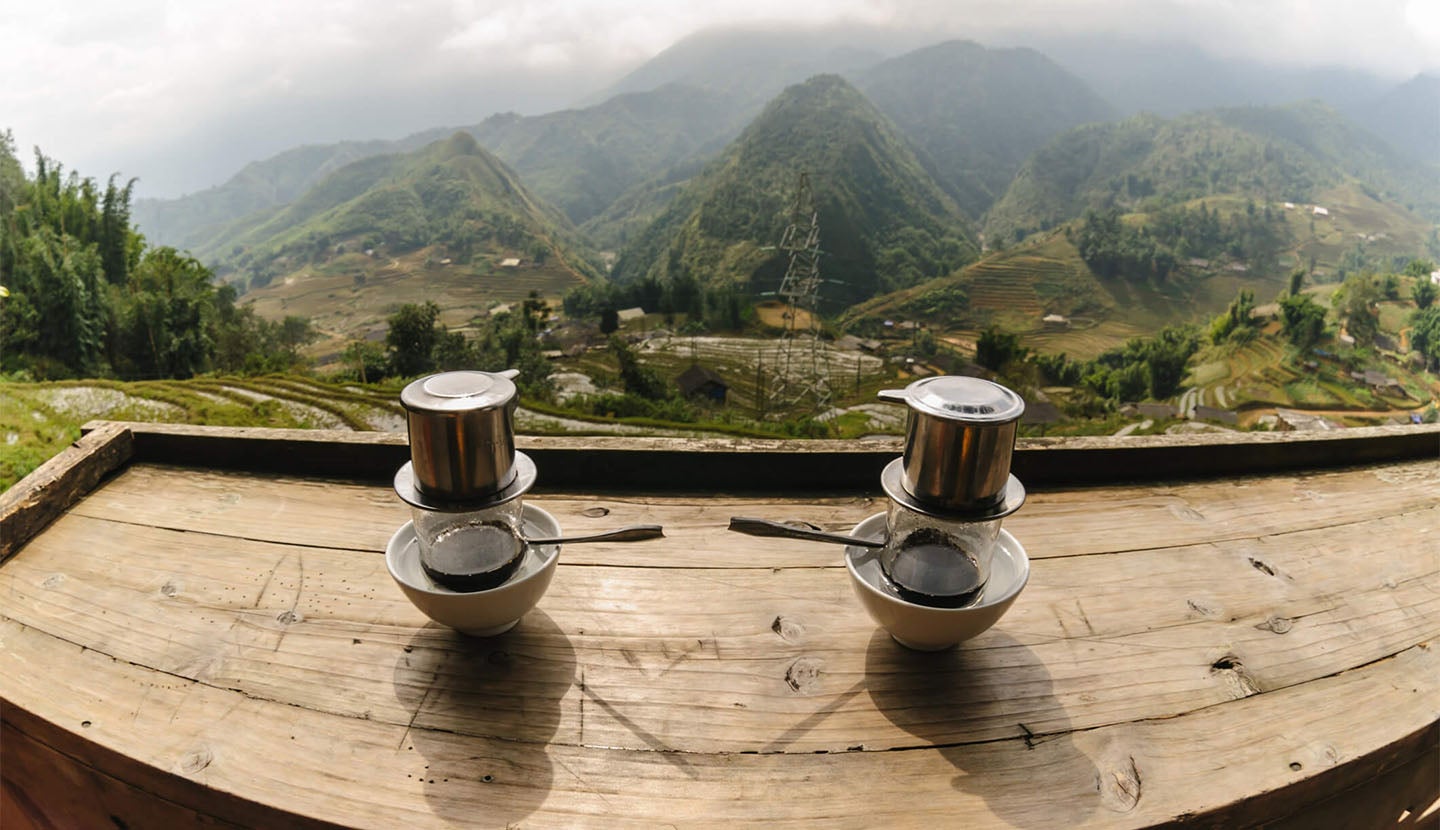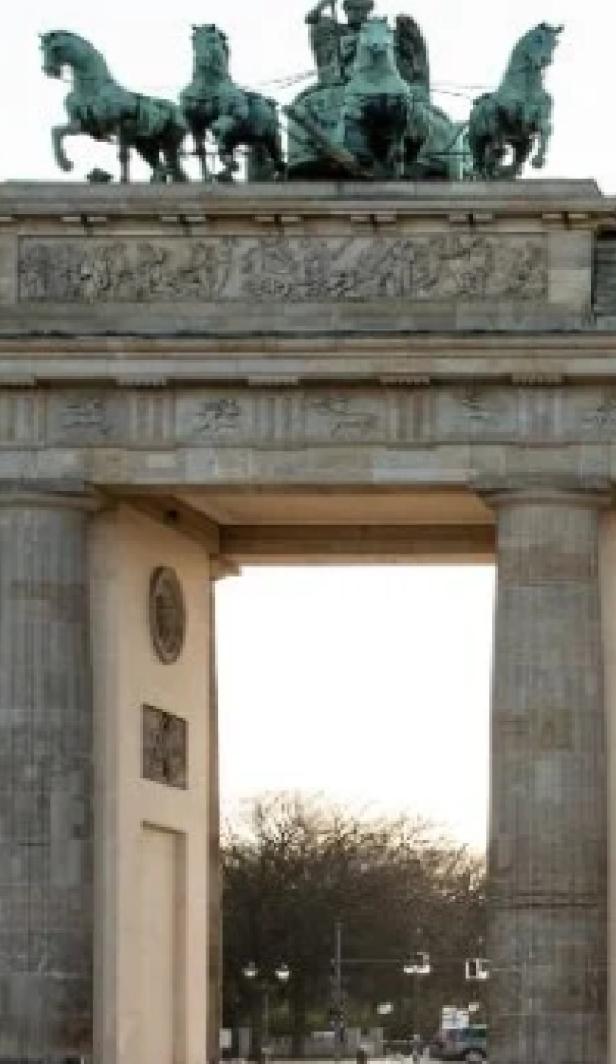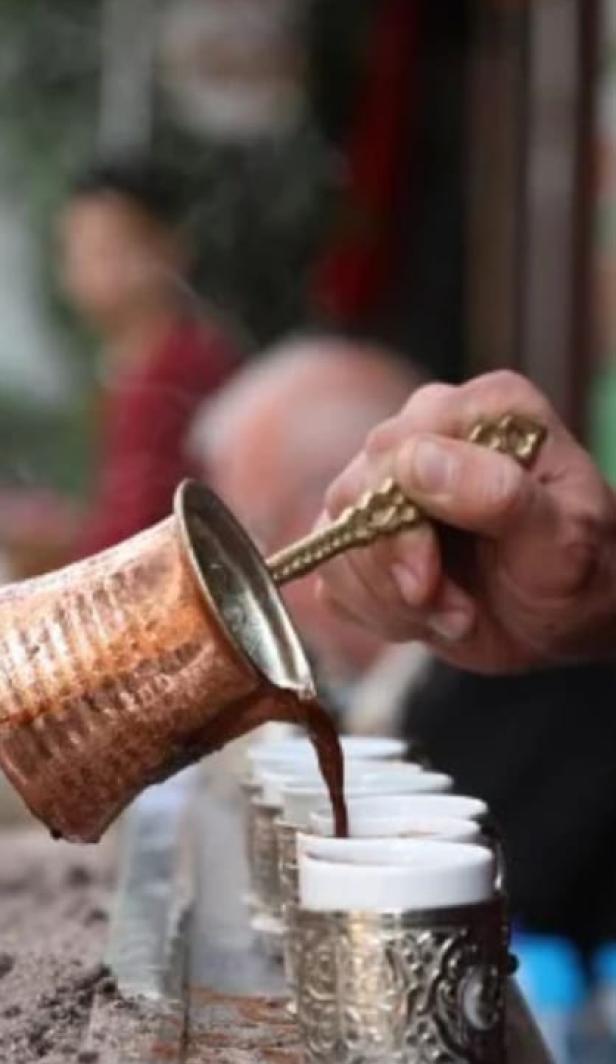History of Vietnamese coffee
Coffee was first introduced to Vietnam in 1857 by French colonists, leading to a vast amount of land being quickly converted into coffee plantations. By 1890, Vietnam was at the heart of a booming coffee industry.
However, due to dairy limitations, it was soon made obvious that substitutes would have to be introduced. That’s why adding sweetened condensed milk to dark roast coffee quickly became a Vietnamese coffee tradition.
By 1950, a commercial plant was erected and Vietnam became serious about making coffee. Although other countries in Southeast Asia, such as Laos and Cambodia, were perhaps earlier to the coffee trade, it’s Vietnam that has gone on to become Asia’s top coffee producer.
Unfortunately, after the Vietnam War, the country’s economy seriously suffered. After years of struggling and striving for normality, and with the country focussing on agricultural restructurings, by the 90s, Vietnam’s coffee industry was booming yet again. Its coffee industry continues to thrive and today, Vietnam’s coffee production employs over 2.5 million people.
If the history of Vietnamese coffee fascinates you, why not explore the general history of coffee?
How to make Vietnamese coffee
- Traditionally, Vietnamese coffee is made by:
- Selecting the Coffee Beans: Traditional Vietnamese coffee tends to use Robusta beans rather than Arabica beans, due to its bolder flavours, lower acidity and higher caffeine contents. Although Arabica coffee beans can also be used in Vietnamese coffee.
- Processing the Beans: The beans are then roasted dark with butter, sometimes mixed with sugar or other ingredients like cocoa or vanilla, to create a rich, aromatic profile.
- Grinding the Beans: Next, the roasted beans are ground to a medium-coarse consistency, ideal for use with a Phin filter (a traditional Vietnamese coffee brewing device).
- Using a Phin Filter: Finally, the Phin filter is placed over a cup or glass. Ground coffee is added to the filter, and a small press inside the filter is gently tamped down. Hot water is poured into the filter, allowing the coffee to slowly drip into the cup.
Fancy your coffee cold? Just pour your coffee over ice to create a Vietnamese iced coffee!
Types of Vietnamese coffee
You won’t find your typical coffee types in Vietnam. The most common type of coffee in Vietnam is drip coffee. However, there are lots of other imaginative Vietnamese coffee types:
Coffee with milk (ca phe nau or ca phe sua)
The famous drip coffee. This is a traditional, dark, strongly brewed coffee, often drunk in the morning. Fresh milk is still not a common ingredient found in traditional coffee shops, so sweetened condensed milk is still served. While it is mostly served cold with ice as Vietnamese iced coffee, you can also order it hot.

Coffee with yoghurt (sua chua ca phe)
Like coffee, yoghurt was originally brought to Vietnam by the French. The bottom of the glass is filled with crushed ice, followed by lots of freshly-made yogurt that has been lightly sweetened. Then Vietnamese coffee is poured on top. It results in an almost coffee smoothie. It’s creamy, yet tangy.
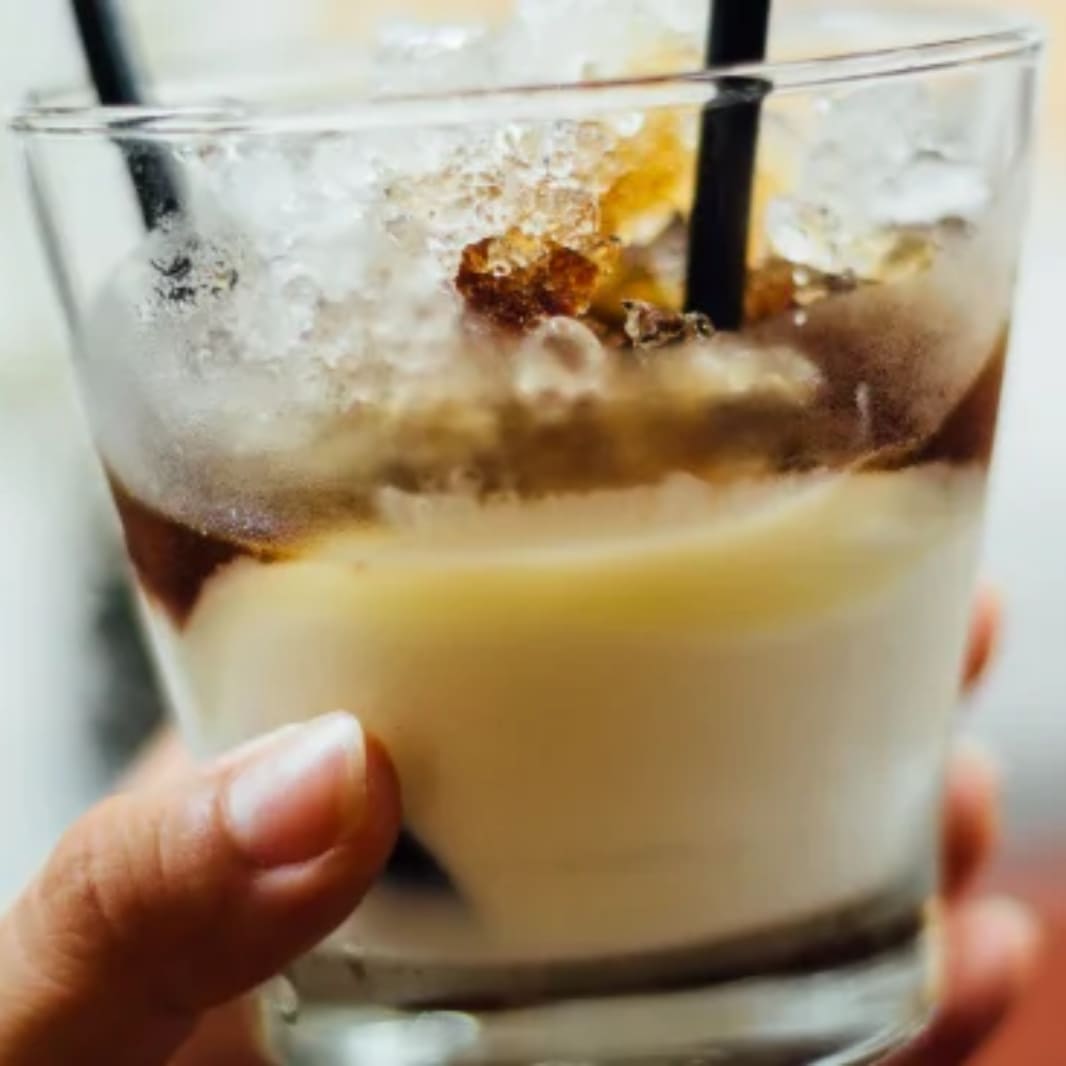
Vietnamese coffee with egg (ca phe trung)
A popular choice with tourists. A small amount of strong black Vietnamese coffee is poured into the bottom of a cup (about 1/4), followed by a mix of whipped raw eggs and sugar. This creates a meringue like texture and the bitter taste of coffee is perfectly complimented by sweetness. This is typical a dessert coffee, drunk in the evening.
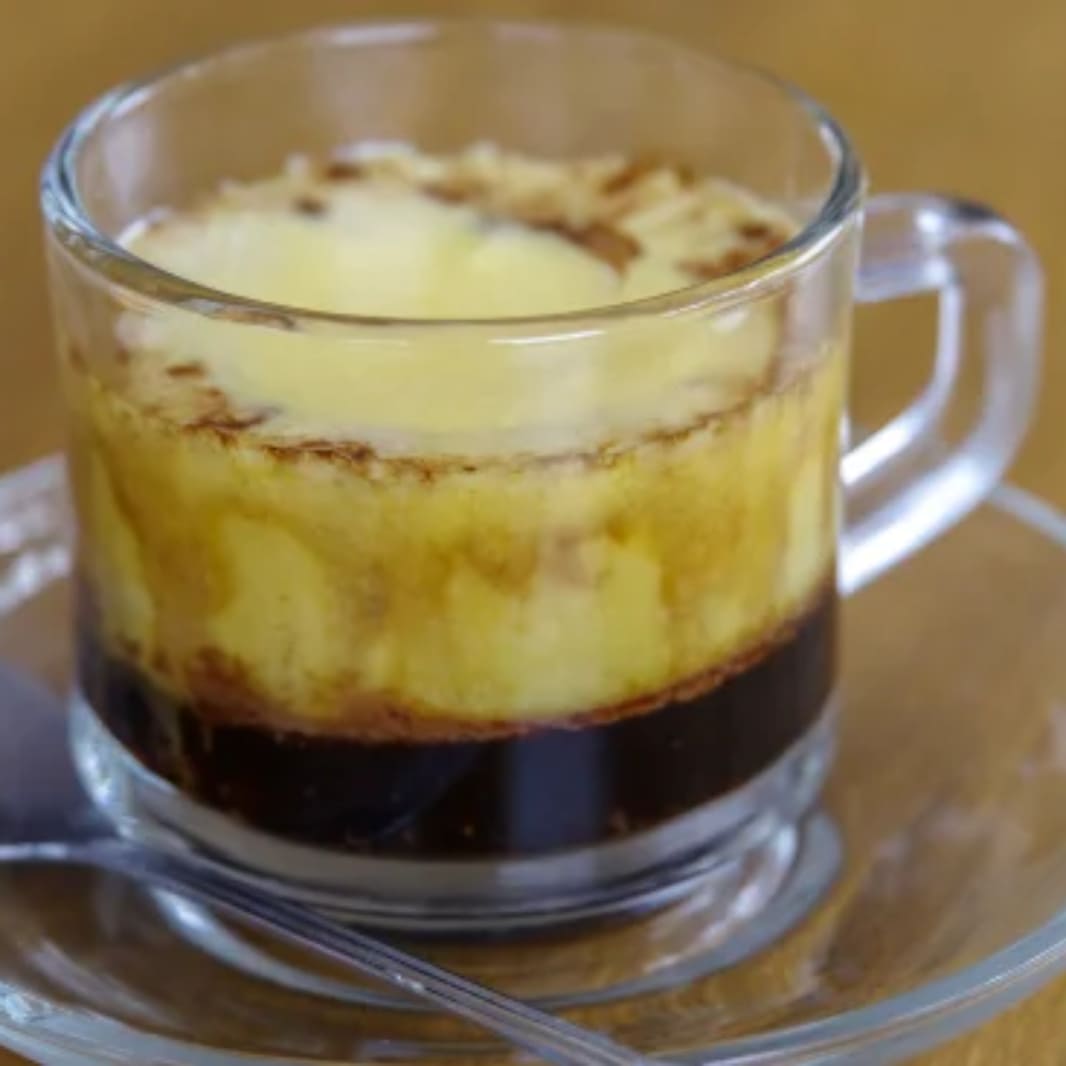
Fruit coffees/coffee smoothie (sinh to ca phe)
It’s not uncommon for rich, filtered coffee to be added to fruity smoothies. In Hanoi, a sinh to ca phe chuoi bo (coffee blended with banana or avocado) is the go-to and in Ho Chi Minh, a sinh to ca phe sapoche (coffee blended with tropical fruit sapodilla) is the fruity coffee drink of choice.

Weasel coffee (ca phe chon)
This coffee type is created from beans consumed and excreted by weasels. The weasels are fed coffee cherries, which they then digest and pass in their stool. This is then harvested, aged, and roasted.
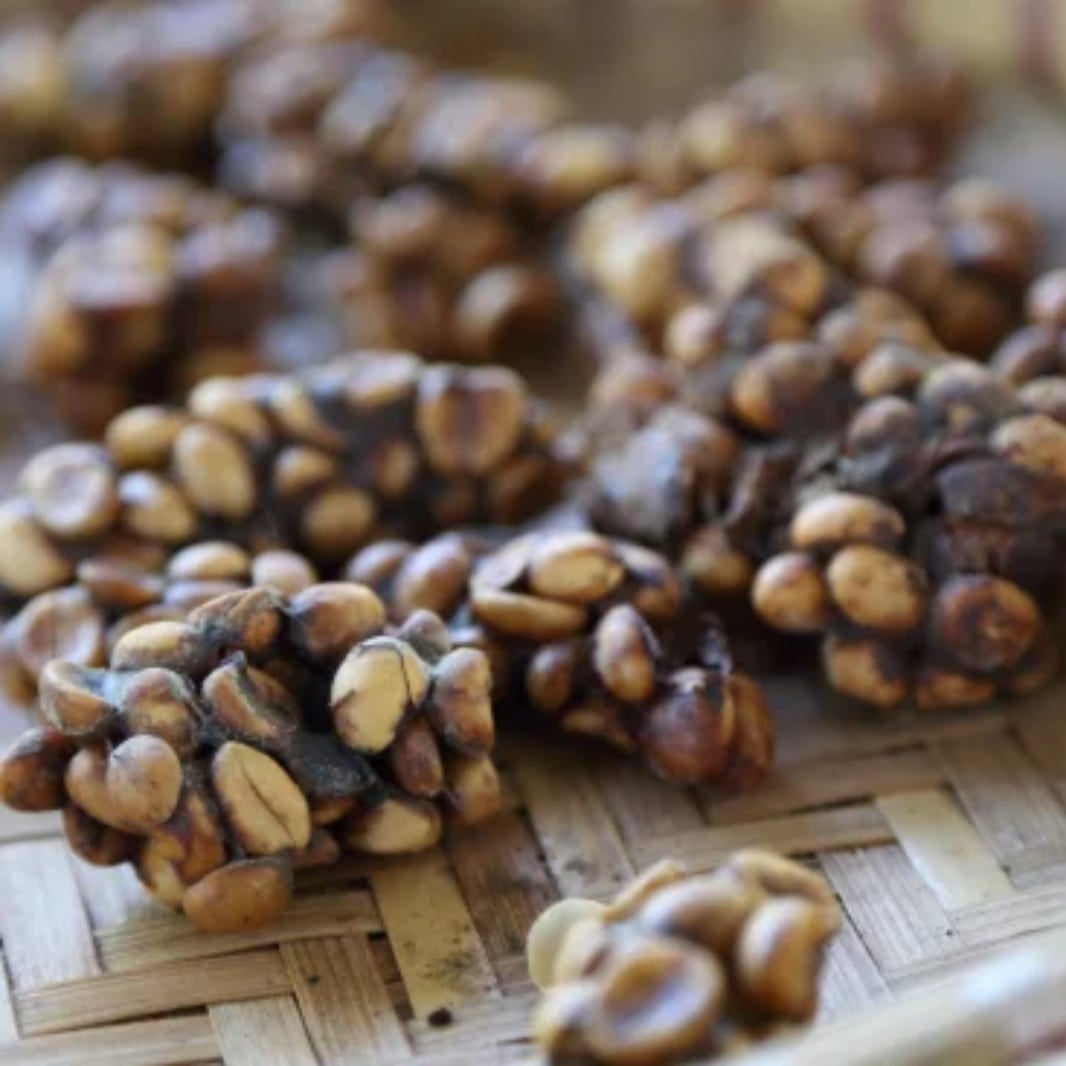
Vietnamese coffee recipe
- Ingredients:
- 2 tablespoons Vietnamese coffee grounds (traditionally robusta beans; or any dark roast coffee work well)
- 1–2 tablespoons sweetened condensed milk (adjust to taste)
- 6–8 ounces hot water (just off the boil)
- Optional: Ice cubes for iced coffee
- Equipment:
- Phin filter (traditional Vietnamese coffee drip filter)
- A mug or glass
- Prepare Your Phin Filter:
- Step 1: Unscrew or remove the press inside the Phin filter.
- Step 2: Add 2 tablespoons of coffee grounds to the filter base.
- Step 3: Place the press over the coffee grounds and gently tamp it down (don’t press too hard).
- Instructions:
- Step 4: Add 1–2 tablespoons of sweetened condensed milk into the bottom of your serving mug or glass.
- Step 5: Place the Phin filter on top of the mug.
- Step 6: Pour a small amount of hot water (about 1–2 tablespoons) over the coffee grounds to allow them to "bloom" for 30 seconds. (This helps release the flavours.
- Step 7: Slowly pour the remaining hot water (6–8 ounces) into the filter.
- Step 8: Cover the Phin filter with its lid and allow the coffee to drip. This will take about 4–5 minutes.
- Step 9: Once the dripping stops, remove the phin filter.
- Step 10: Stir the coffee to mix it with the sweetened condensed milk.
Now you know all there is about Vietnamese coffee and its culture, discover all about Swedish coffee.
Today’s community favourites


